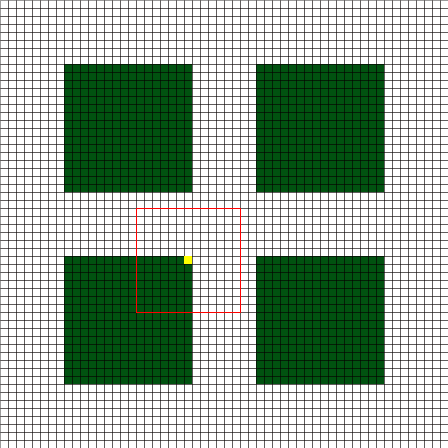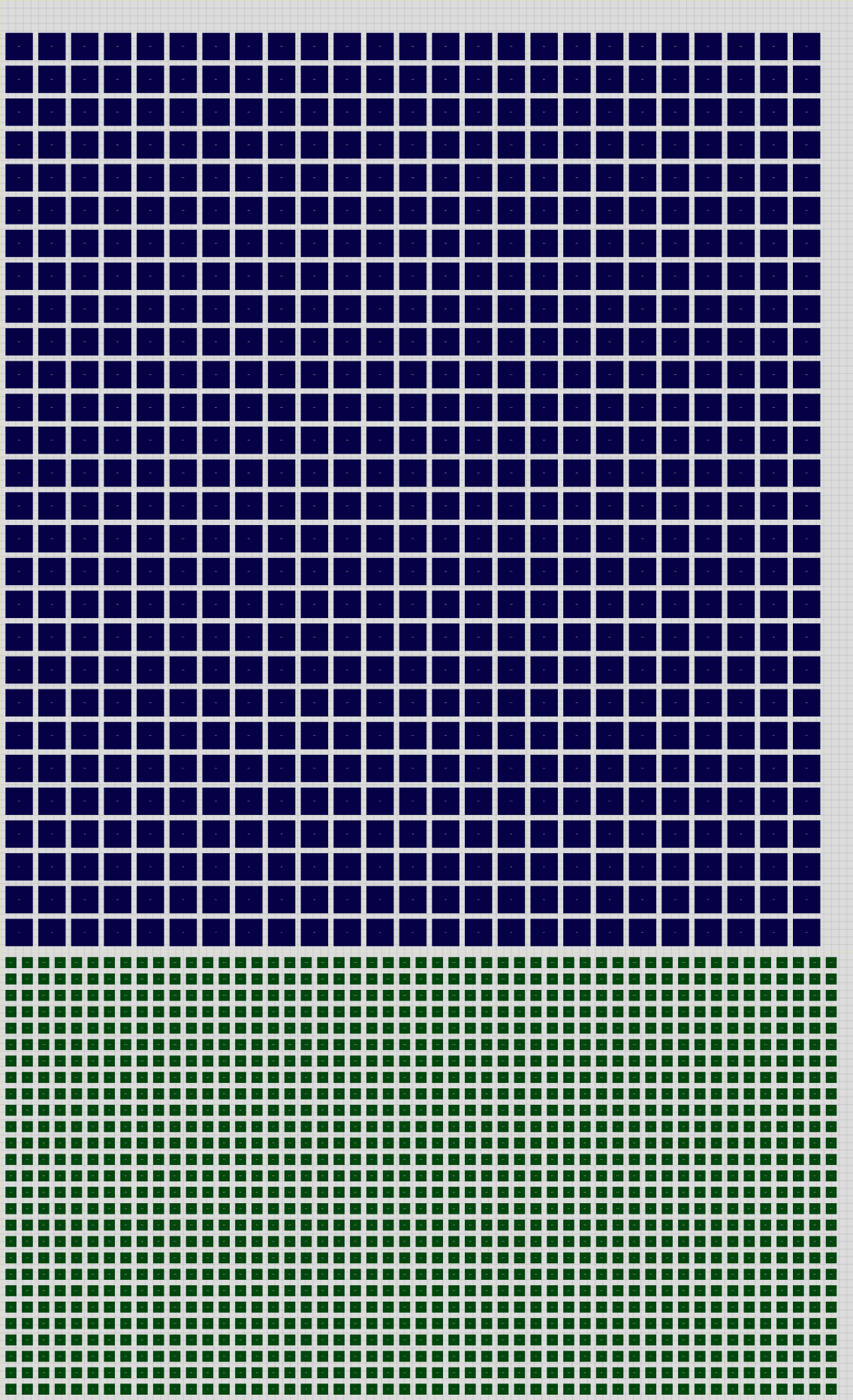Instancing
Instancing is a mechanic that can be used to generate copies of the static maps. Instances can only be found on the right side of the map, more specifically, when the x coordinate is at least 6400. Anything to the left of that is reserved for static maps. Upon copying a map, all the objects and landscape information is copied over.
Table of contents
Instance Types
Since the Soul Wars Update, instancing has been split into two types - small and large instances.
Small Instances
Small instances cover the majority of the instances that can be found in Old School RuneScape. Small instances can be up to 128x128 game squares in size. These instances are distinguished by their z coordinate being less than 5248. Small instances will always allocate the 128x128 game squares area, even if the instance itself does not require that. The instance will always be built from the south-west corner of that given area. There can be up to 1377 concurrent small instances at any given time.
Large Instances
Large instances are a new feature brought to the game in early 2021. As of right now, only Soul Wars and Last Man Standing use the large instance maps. Large instances can only be found when the z coordinate is at least 5248. These instances always allocate a 320x320 game square area, and the instance itself will be built from the south-west corner of said area. There can be up to 700 concurrent large instances at any given time.
Padding
In order to avoid being able to see other instances while in an instance, all instances come with some padding. Each instance is surrounded by a 64 game square empty area. Below is an example image of four separate small instances(marked by green), the player(the zone is marked by yellow - the player could stand anywhere in that zone, as long as they’re a part of the zone), and their build area(rectangle drawn in red). The player in this example is placed at the very edge of where they could possibly be teleported within an instance. The red marks the border of the area that is then visible to them. This demonstration shows the importance of padding, as without it, the player would be able to see well into other instances when they’re positioned near the edge of their own instance.

Limits
The packet used to create instances, called Rebuild Region, comes with certain limits. The smallest unit of land that can be copied from the static map to the instance map is a single zone, which is 8x8 game squares. Zones can be rotated to four angles - 0°, 90°, 180° & 270°.
Media
Below is a large image representing how all the instanced map looks like. The green squares represent small instances, while blue ones represent large instances. The empty area between is strictly used for padding. The numbers on the squares represent the given instance “id”, which defines the order in which these instances are made, starting with #1. There is a yellow rectangle drawn around the image to represent the edges of the map. In addition to this, a line is drawn at the separation point between the small and large instances.
Note: The image is 9,984 x 16,384 pixels in size. Each pixel represents a single game square. Below is a resized preview of the full image(click to view the full image).
